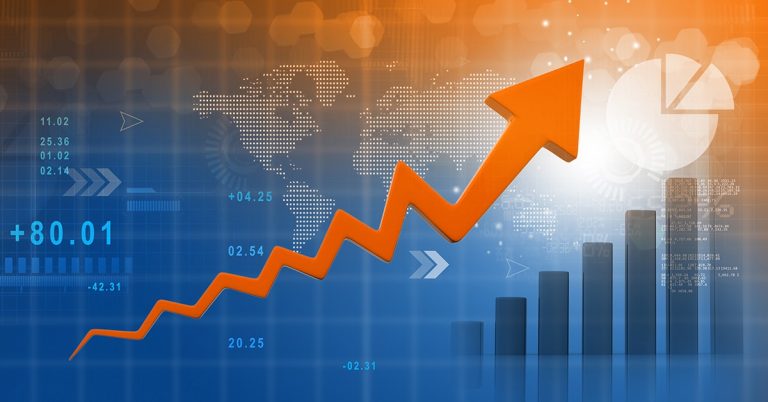
The Atlanta Federal Reserve’s GDPNow model projects a 2.9% growth in the US gross domestic product (GDP) for the third quarter of 2024. This forecast, updated on August 6, reflects an increase from the 2.5% prediction made on August 1. The GDPNow model is a valuable tool for providing real-time “nowcasts” of the US’s economic growth, utilizing a methodology akin to that of the US Bureau of Economic Analysis (BEA).
Gross Domestic Product (GDP) growth is a crucial indicator of economic health, reflecting the total value of goods and services produced over a specific time period within a country. The rate of GDP growth is a measure of economic dynamism and an essential gauge for policymakers, investors, and economists. Several factors contribute to GDP growth, which can be broadly categorized into demand-side and supply-side elements.
The model’s estimates are based solely on objective mathematical results, without any subjective adjustments, ensuring a data-driven outlook on the economy’s performance. It’s important to note that the GDPNow forecast is not an official forecast of the Atlanta Fed but rather a running estimate based on available economic data for the current measured quarter.
Tekedia Mini-MBA edition 16 (Feb 10 – May 3, 2025) opens registrations; register today for early bird discounts.
Tekedia AI in Business Masterclass opens registrations here.
Join Tekedia Capital Syndicate and invest in Africa’s finest startups here.
The primary engine of economic growth, consumer spending, accounts for a significant portion of GDP. When consumers are confident and have disposable income, they tend to spend more, stimulating production and services. Investment: Business investments in capital goods, technology, and infrastructure fuel economic growth by enhancing productive capacity and efficiency.
Government Spending: Public sector expenditures on infrastructure, education, and defense can stimulate economic activity and drive growth. Net Exports: A positive balance of trade, where exports exceed imports, contributes to GDP growth as it signifies a higher demand for a country’s goods and services globally.
It’s important to note that these factors are interrelated and often influence each other. For instance, technological advancements can lead to new product development, which can boost consumer spending and investment. Similarly, a skilled labor force can attract business investments, leading to job creation and increased consumer spending.
Economic growth is a complex phenomenon influenced by a myriad of factors, both domestic and international. Understanding these drivers is essential for formulating effective economic policies and strategies for sustainable development.
The recent uptick in the GDPNow forecast can be attributed to the latest data releases from the US Bureau of Labor Statistics, the US Census Bureau, the US Bureau of Economic Analysis, and the Institute for Supply Management. These releases have led to an increase in the nowcasts for third quarter real personal consumption expenditures growth—from 2.6% to 3.0%—and for third quarter real gross private domestic investment growth—from 1.6% to 2.8%.
The recent adjustment in the GDP growth estimate by the Atlanta Fed’s GDPNow model underscores the dynamic nature of economic forecasting. It highlights the importance of staying informed with the most current data to understand the trajectory of the economy. The increase to 2.9% is a modest yet encouraging indicator that the US economy is on a path of growth amidst the global economic landscape of 2024.
The GDPNow model’s utility lies in its timeliness, offering an early estimate of economic growth that can inform policymakers, investors, and the public ahead of official GDP figures. As we await further updates, which are scheduled for release on August 8, stakeholders will be keenly observing any shifts in the economic indicators that could influence the trajectory of the US economy in the latter half of 2024.



